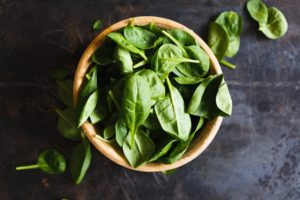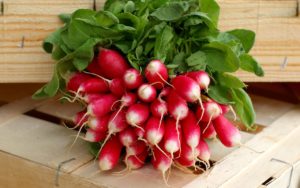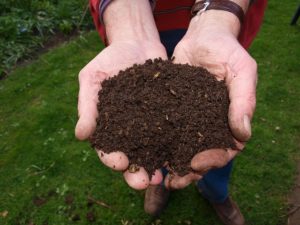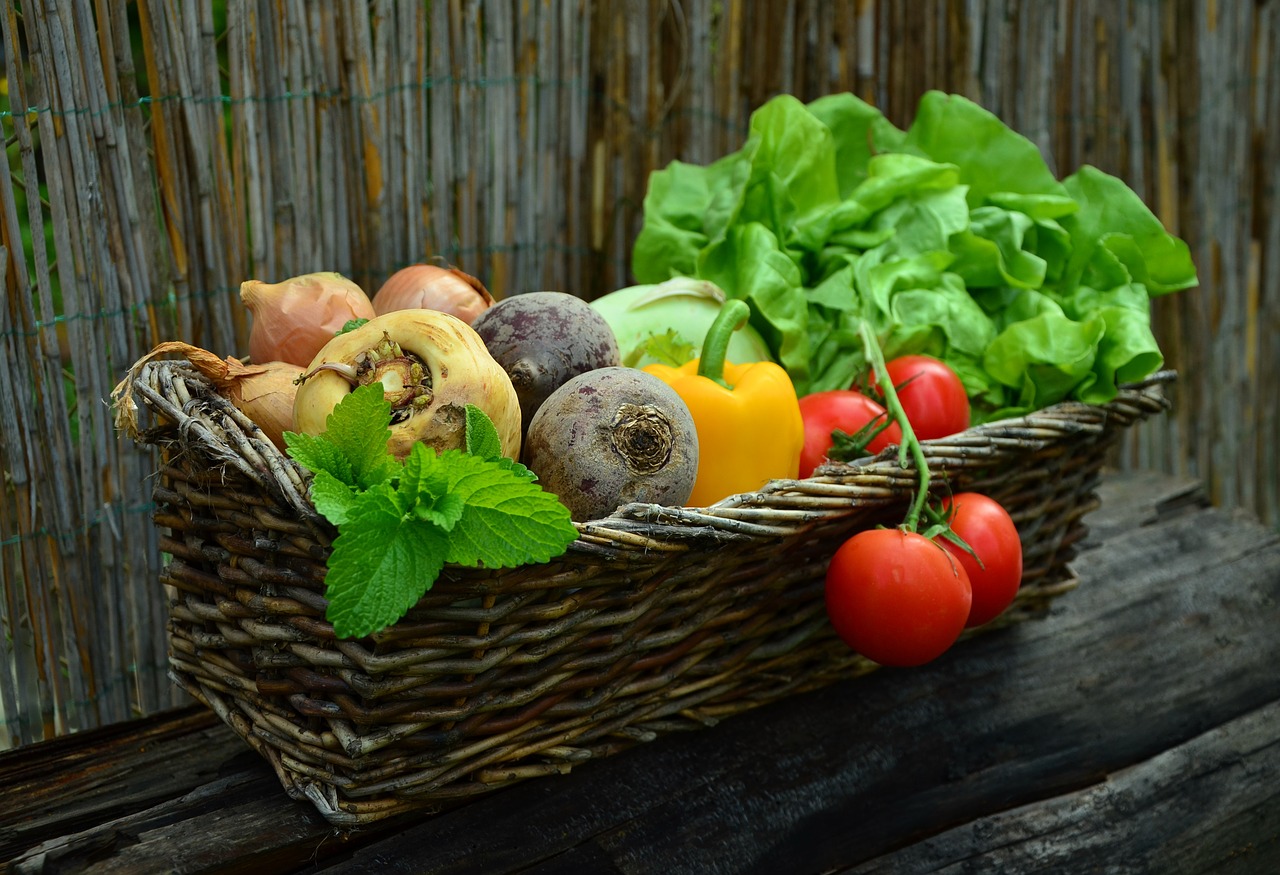
There’s nothing like a freshly cut salad out of your backyard garden. It tastes like nothing you can buy and you can’t help but become a salad lover. Most people think as summer ends, so does their vegetable garden. Not so!
Here are three delicious vegetables you can plant in fall for a late fall and winter harvest.
Spinach
If it was good enough for Popeye, it’s good enough for us. There’s a reason the old sailor ate so much – it’s a power food. Fortified with nutrients, spinach not only tastes great and looks good in a salad, but it grows like a weed. For fall planting, adhere to the package instructions, but generally, sow five weeks before the first frost. Spinach prefers the cool fall weather over spring’s warming temperatures and does best in very fertile soil.
Radish
Radishes have been eaten around the world for hundreds of years – and for good reason. This little root vegetable reaches maturity as early as 25 days and suffers from few pests and diseases. Most commonly eaten raw in salads, it will be the perfect partner to your spinach. For fall planting, sow the seeds evenly about six weeks before the first frost. Doing so will prevent you from having to thin the vegetable later on. Radishes prefer will-drained fertile soil and are ready to harvest when they’re at an edible size.
Broccoli
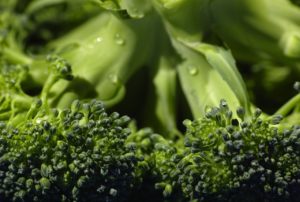
Tips for all your fall vegetables to do well during the cooler season:
- Make use of compost (non-bark kind) in your soil as you plant.
- Be sure to spread a nice layer of mulch over the top to decrease weeds, pests, and disease.
- Keep the vegetables in sunlight.
The best compost tends to come from farmers, companies specializing in soil, and nurseries. Compost is made from organic material such as grass clippings and vegetable waste.
After you’ve finished your yard project or are pulling weeds or other yard debris to toss, don’t wait until junk service day. Give the Curb-It App a tap (iPhone, Android). We’ll take care of your yard debris so you can take care of your freshly planted seedlings.
